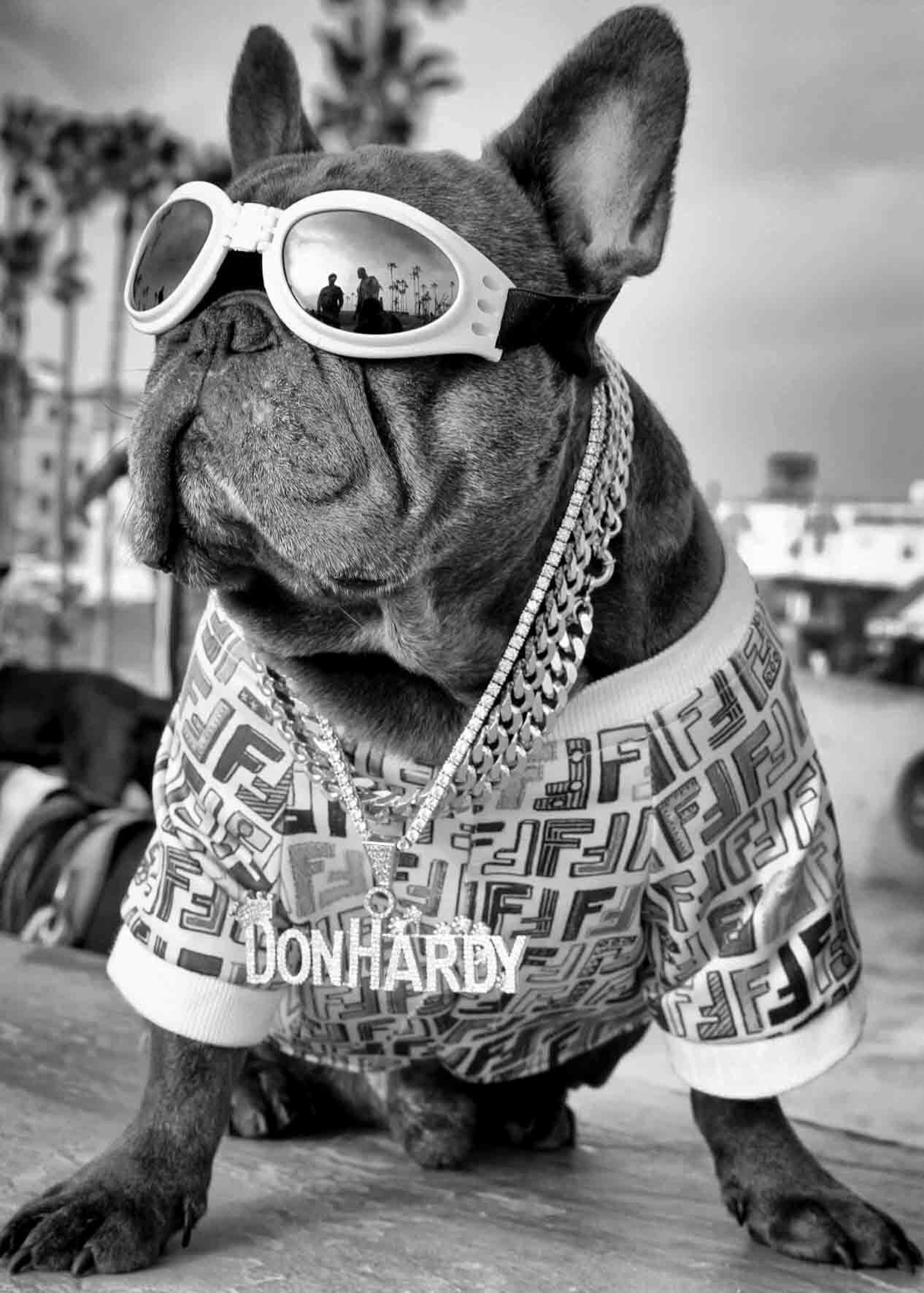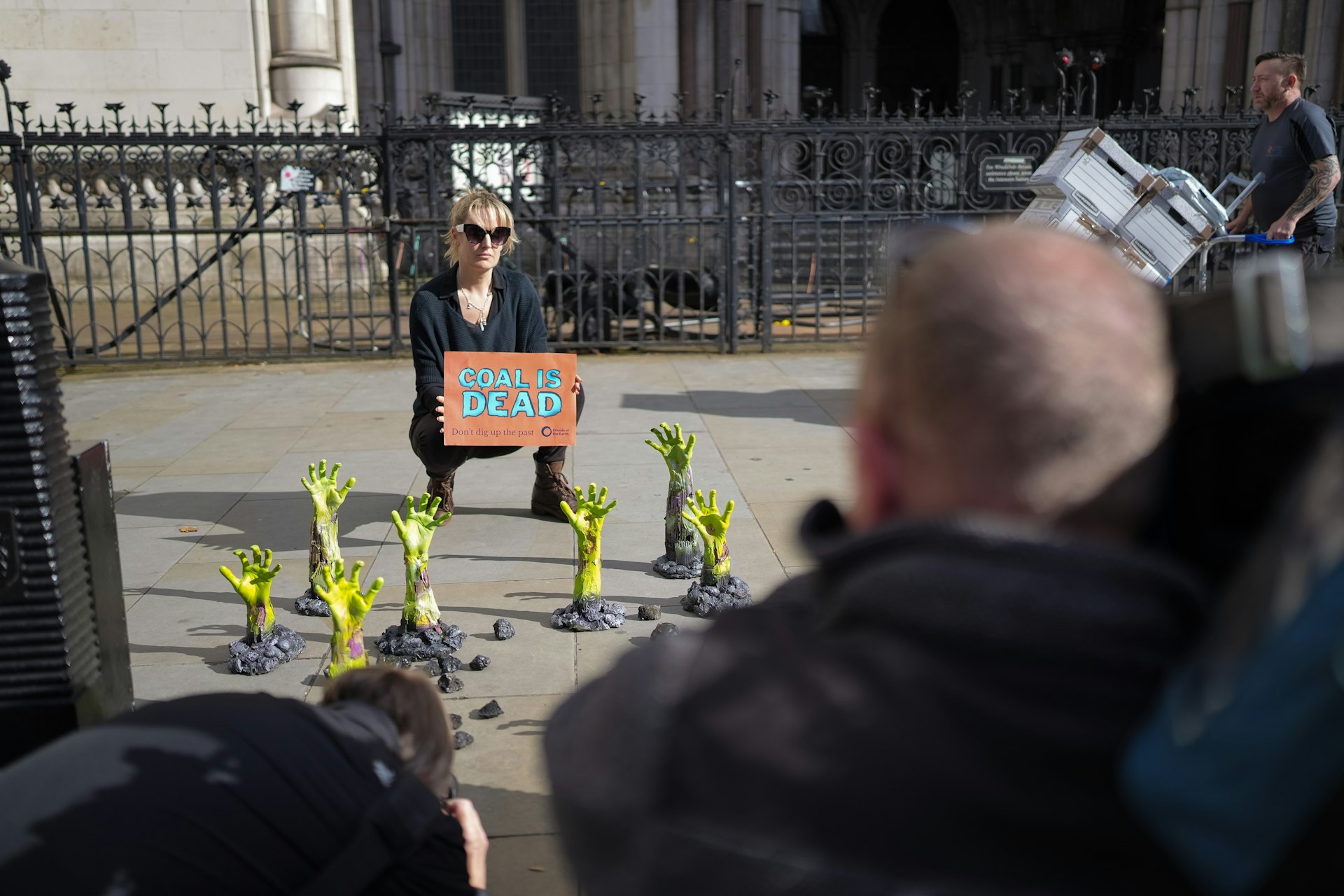How pinhole photography can capture stories of humanity
- Text by Jack Richardson
- Photography by Fabio Bucciarelli

A group of people – clutching children and possessions – leap from an inflatable boat and tumble onto the beach. Photographers cluster around them, cameras flashing, before moving off to find the next boat.
Scenes like this have become depressingly commonplace in today’s understanding of the refugee crisis. Photographers bring us some of the most powerful and shocking images of human struggle… but swept into the tide of news coverage, they rarely seem connected to the stories of humanity behind them.
Fabio Bucciarelli is different. The Italian photographer has been covering stories of displacement and migration long before it became international news in 2015. In seeking out the bigger picture, his work reveals a far greater depth to the struggle of refugees and migrants as they’re driven from their homes by war and unrest.
In his latest photo book, The Dream, biting photojournalistic images give way to more clinical examinations of possessions carried across the Mediterranean – and how they fared the crossing.
But most striking are his photos taken with a pinhole camera. It’s a unique tool – one equally suited to views of women sleeping as it is to crowds just barely distinct in the blur. The images produced are ethereal, indistinct and, of course, dreamlike.
The Dream is quite a long project, spanning the last five years. How did you decide that this was the time to make a book? Can it ‘close’ an event that’s still ongoing?
At the same time as I was covering the Libyan war, I started working on the consequences: the refugee crisis. In 2011, I had already had the idea to do a long-term project about it. The big refugee crisis that everyone was covering and talking about in 2015 obviously didn’t start in 2015: it was a direct consequence of the Arab Spring.
I remember that before NATO entered and started bombing Libya, there were hundreds of people from Bangladesh escaping from the clashes between Gaddafi’s forces and the rebels in Benghazi. Last year, when the refugee crisis became the mainstream event, I decided to publish a book to propose a different point of view on the crisis.
I felt it was necessary and helpful to banish the stereotype most of the people have about refugees — as poor people escaping from tear gas or crossing countries and barbed-wire fences. I wanted people to consider the refugee as a human being, basically – as people who don’t want to come here, who are escaping from their previous world.
The pinhole camera provides a different viewpoint. Did it change anything about how you worked?
Basically it changed the time and the way I shoot. I used to work for magazines, newspapers or AFP or somewhere with a lot of breaking news and conflict. But with a lot of pictures, you take it with your camera and within one hour, it’s being published somewhere in the paper or online. But with a pinhole, it’s completely different for two reasons, basically: firstly because it’s a poor camera; it’s a cardboard box. So the way in which you approach the poor people who are doing all these journeys is somewhat different.
It’s funny: a lot of the time I’ll take the picture, people will come over to see and I turn ’round the camera to show there’s no LCD on the back. The other is the way you shoot. You try to keep it calm and focus on getting the photo. The images are not sharp images; you can’t really tell who, where or when they are. So these could be refugees who are coming into Greece from Syria; it could be Italian refugees after the Second World War; it could be a Balkan refugee after the war, a refugee from Korea, or whatever.
You have several distinct styles and sections in the book. How have you negotiated how to them together?
As you said, I used different styles: portraits of sleeping refugees, more photojournalistic frames, images of war… The thing is, I didn’t think about how you would put all these different limits on different types of images. I tried to tell a story. I tried to give the feeling of what is going on, give the feeling about the dream.
And the pinhole images in some way create the rhythm of the books. But all the way through, I tried to think about the feeling. So, for example, there are some pictures that have one meaning, some that have another meaning. If you put them together, you can come to another level of meaning. There is a story, and I try to follow the story for long enough that the pictures come out to show it.
Do you think photographers have a responsibility when working on a project like this?
Yeah, responsibility for sure. That’s one of the ‘words’ for journalists — there is a responsibility to tell the truth in your job. Out in the world and around conflicts, the truth is more difficult to find, but it’s still your responsibility. We need to have journalistic pictures but it’s important to have another story: another idea of what is going on.
You’ve spoken before about how migrants and refugees come from all walks of life. How did you approach these similarities and differences when taking your photos?
Basically, that’s one of the topics of the book. I decided not to caption the images. The reasoning for this was that in international law, there is a clear distinction between refugees and migrants. Refugees are people who escape from a recognised war, while migrants can be economic migrants or people who are not escaping from a recognised war.
These days, this is a huge problem. For me, there’s no difference at all. The reason I didn’t make any captions is because I didn’t want to make a distinction between refugees and migrants. For example, from a Bangladeshi escaping from Libya and someone else escaping from their country. There’s no real difference. I think it’s a really important time to start thinking about it.
Check out The Dream online.
Enjoyed this article? Like Huck on Facebook or follow us on Twitter.
Latest on Huck

Autism cannot be cured — stop trying
A questionable study into the ‘reversal’ of autism does nothing but reinforce damaging stereotypes and harm, argues autistic author Jodie Hare.
Written by: Jodie Hare

Bristol Photo Festival returns for second edition
After the success of it’s inaugural run, the festival returns this autumn with exhibitions, education and community programmes exploring a world in constant motion through still image.
Written by: Ben Smoke

Documenting the life of a New York gang leader paralysed by gun violence
New photobook ‘Say Less’ is a complex yet humanising look into a life wrecked by gun violence and organised crime.
Written by: Isaac Muk

The woman who defined 80s Hip Hop photography
A new exhibition brings together Janette Beckman’s visionary and boundary pushing images of an era of cultural change and moral panic.
Written by: Miss Rosen

In photos: the dogs of Dogtown
A new photobook documents Venice Beach’s four legged friends and their colourful cast of owners.
Written by: Isaac Muk

Inside the battle to stop coal
As the legal challenge against Britain’s first deep coal mine in 30 years reaches the High court, we talk to activists at the centre of the fight to stop it.
Written by: Ben Smoke